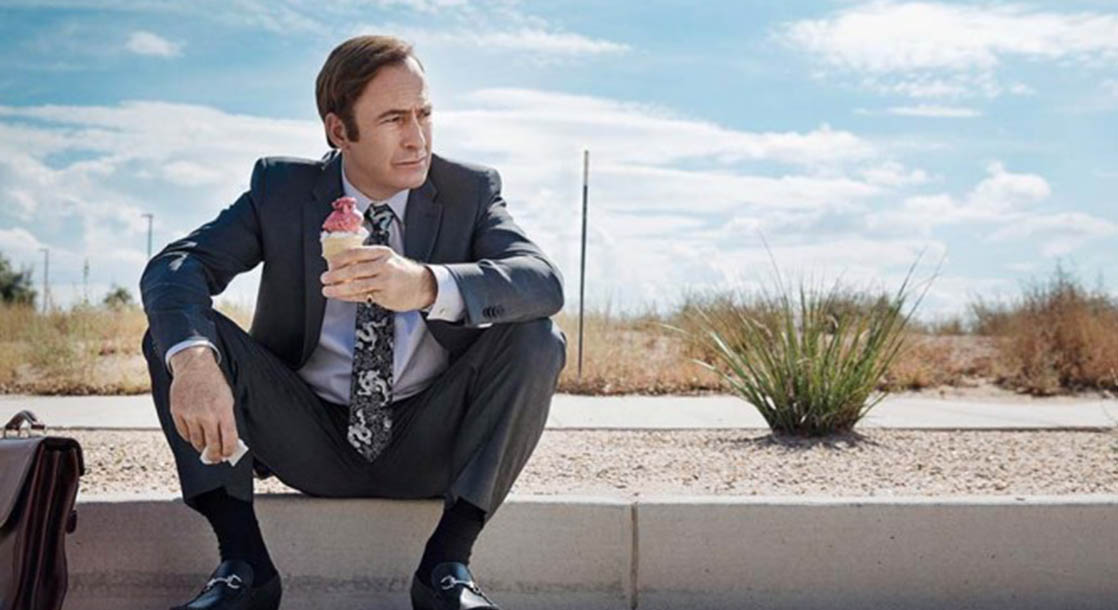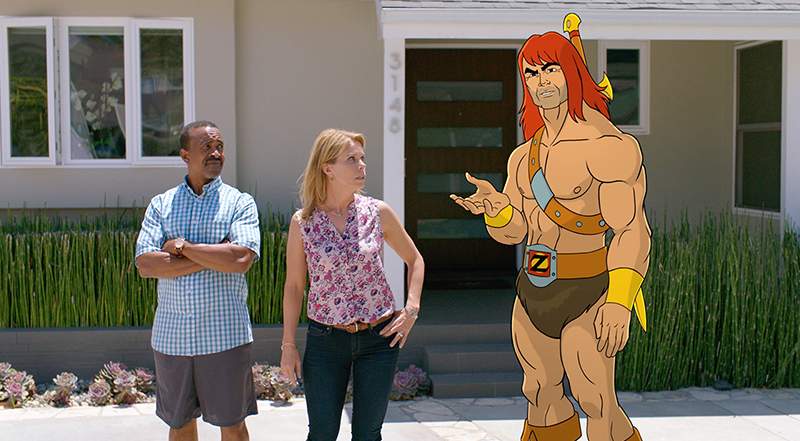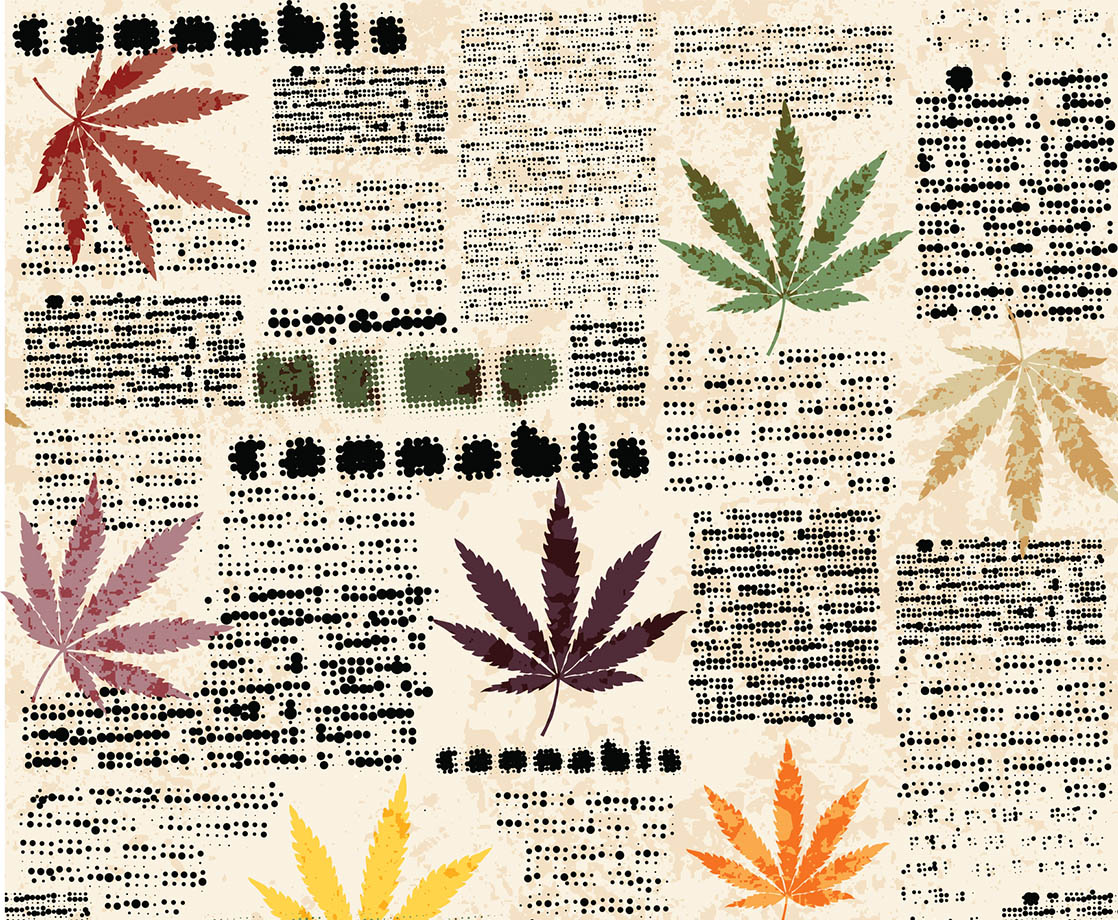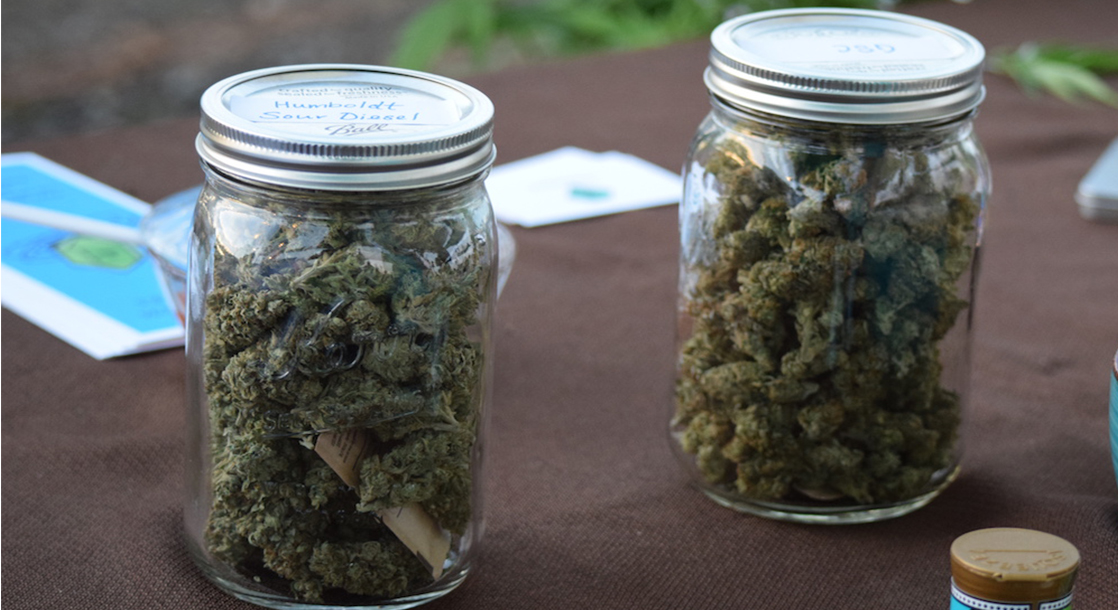The most common criticism you hear from Breaking Bad fans who fell off of watching Better Call Saul is that it’s boring. This criticism is kind of understandable at first. Each season, including the new one which started April 10, begins with a ten-minute, black-and-white sequence of Jimmy — no longer “Saul,” now called “Gene" — working through tedious days as the manager of a shopping mall Cinnabon. Entire episodes are sometimes dedicated to the mechanics of a routine drug deal or the fudged accounting at an old folks home. For a procedural drama with a cop and a lawyer, there is often no case of the week and no new perp in each episode. There is no guarantee that you will end each episode with a criminal being thrown behind bars as the detective chimes in with his signature catchphrase. But, this is exactly the point. By slowing things down and showing the audience the nuts and bolts of crime and punishment, showrunner Peter Gould, executive producer Vince Gilligan, and company have pioneered a new kind of procedural drama. By focusing relentlessly and intently on processes that seem boring and persisting until the audience is just as fascinated with them as the characters, the show transcends its plot, moving from something mundane to something as captivating as anything on TV.
At its heart, Better Call Saul is a detective show. Though he is a wise cracking, billboard advertising, ambulance chasing lawyer, Bob Odenkirk’s Jimmy is still a lawyer. And though he is a now an old, curmudgeonly parking attendant, Mike (Jonathan Banks) is still a cop, even if he’s long since retired from the force and started dabbling in the dark side. If you step back and summarize the co-protagonists’ season arcs, they sound like your standard hard-boiled crime drama fare. Season 3 finds Jimmy dealing with the ramifications of being caught committing contract fraud by his brother (Michael McKean). Mike discovered he is being followed while he was tracking a drug deal. This generally sounds like your standard Law and Order stuff, but episode by episode, Saul feels far different.
The Season 3 premiere (spoilers ahead) of Better Call Saul revels in the minutiae of its world. At the end of Season 2, we left Mike after a foiled assassination attempt, realizing that while he’s been tracking a drug dealer, someone has been tracking him. From here, a traditional show might bring us to a mysterious drug kingpin’s lair or a paid informant’s dark alley. But on Better Call Saul, nothing is ever quick, easy, or simple. In the season premiere, we watch Mike strip his entire car in a junk yard until her finds a primitive GPS in the gas cap. Then we see him purchase the very same GPS, reverse engineer the way that he is being tracked, and ultimately track the trackers who tracked him while he was doing the initial tracking (yeah, it’s a lot of tracking). A plot point that might have taken all of 30 seconds on a CBS show is stretched to an entire hour. In giving the GPS a bit more time, a simple piece of story becomes its own Herculean task, pulling the audience along in suspense at every turn of a screwdriver and beep of a tracking device.
Jimmy’s story at the end of Season 2 had a similar feel. He sabotages his brother’s business by switching two small numbers on a legal document, which results in a delayed zoning hearing and a lost client. On a soap opera, such a move would be revealed after the fact, and all we would see of it would be a moustache twirling smile from Jimmy and vein popping anger from his brother. Here, we see Jimmy meticulously work the tools of a knockoff Kinko’s as he carefully doctors the paperwork. We get numerous scenes in the copy shop that track every piece of this tiny fraud until it is complete.
In the hands of lesser writers and directors, what felt boring at the beginning of the series would stay boring all the way through. But, that’s the magic of Better Call Saul. With one of the best writing staffs in the business, and a team of dynamic, award-winning directors, Peter Gould and company are able to pull off something magical. With carefully constructed shots and thoughtfully written dialogue, every twist and turn of these little tasks becomes vital. In the season premiere, a shot of Mike quietly eating pistachios sticks out as one of the most dramatic of the year from any show on any network. Wide shots of a salvage yard and inserts of copy machine light washing over numbers cut with an X-Acto knife highlight the importance of these small moments, making them into plots twists as meaningful as a gunshot or a mistress hiding in the closet on a lesser, pulpier show.
As the world of Better Call Saul grows with each passing season, this approach pays further dividends. Now that the show has set up the audience to expect big plot points from the smallest moments, the viewer watches with breathless suspense. If a gas cap or a copy machine made this much difference before, what will happen because of the tape recorder and fast food garbage in episode two? What will with think if a bowling ball, rubber duck, or paper clip shows up down the road? As you get deeper into the series, you learn that watching Better Call Saul requires all the focus a viewer can muster. Behind every corner, around every turn, and inside of every drawer, there could be the key to the season’s secrets. Ask anyone who has hung around to unravel those secrets: for the seasoned viewer, watching Better Call Saul is a wild, unexpected ride that is anything but boring.
Follow Brenden on Twitter











